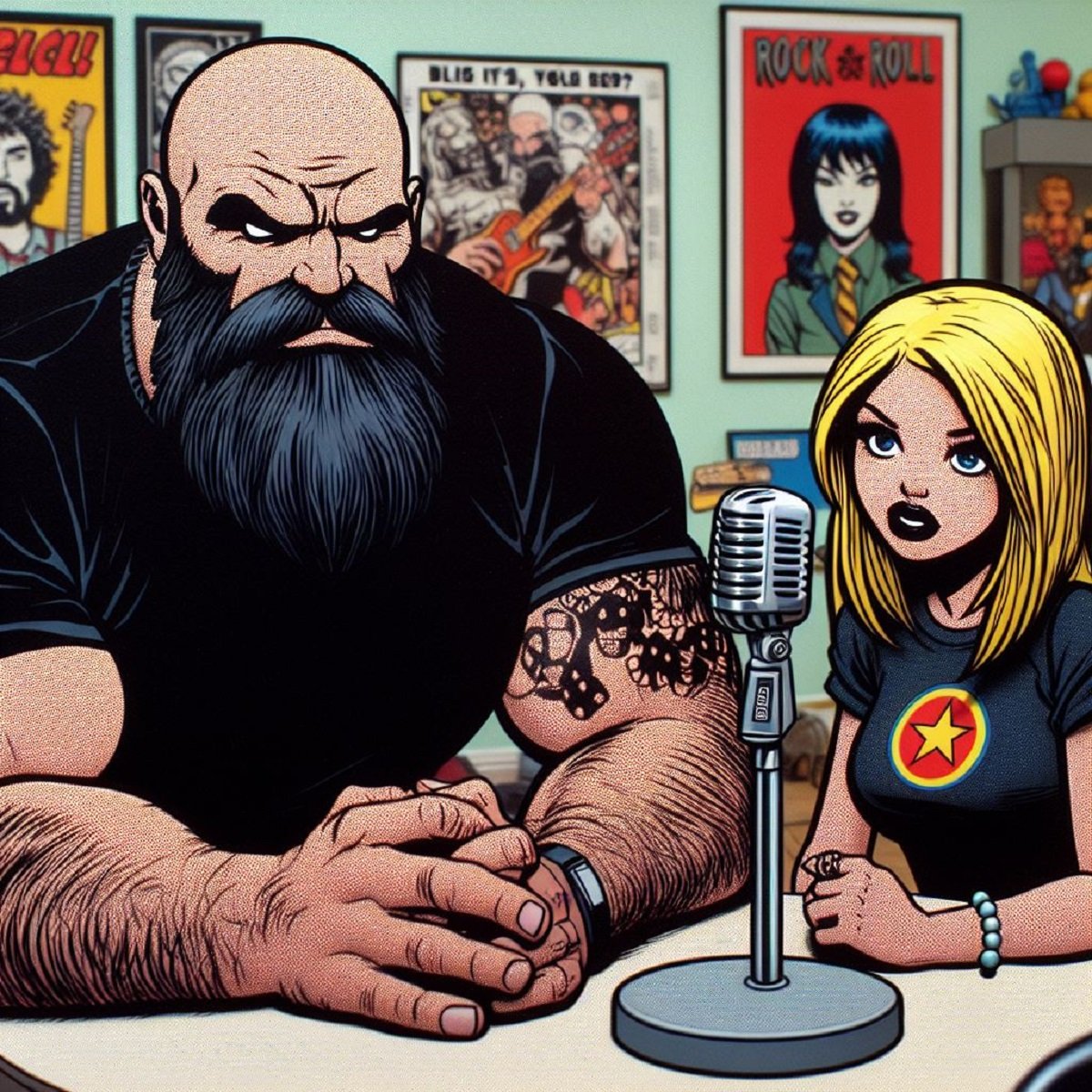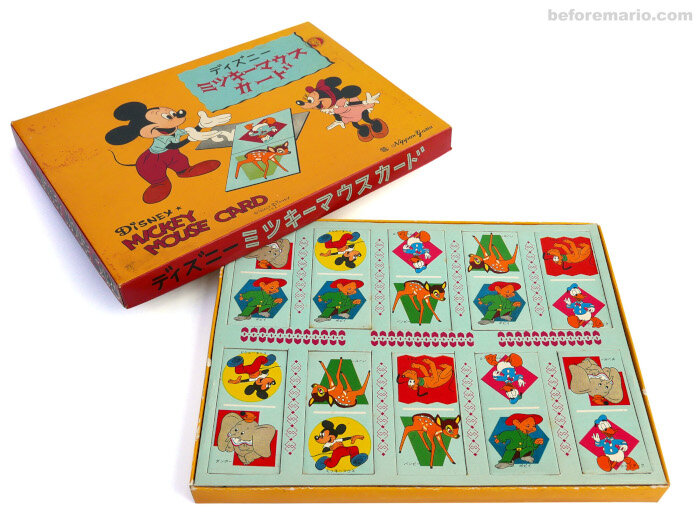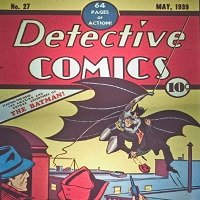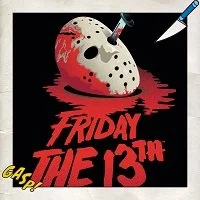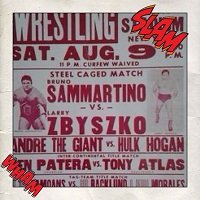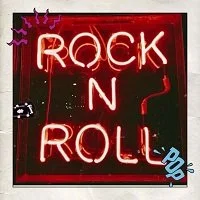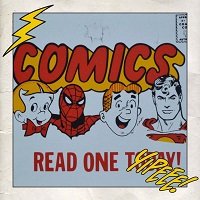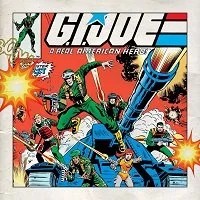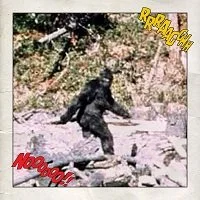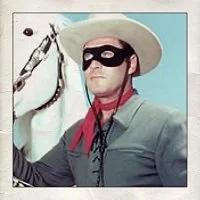Pixel Logic: Nintendo before the NES
By: Juan Nunez (Twitter)
It's 1889. Japan is a country that is rapidly changing. After over 200 years of a highly isolationist foreign policy that ended in 1853 and a period of internal unrest that saw the end of the era of Samurai and Shogunate, the country is rapidly modernizing. As a result, many aspects of society have changed, including business and the economy. An industrial revolution took place in Japan starting in the early 1870s, and the economy is growing rapidly. In this landscape, a 29-year-old entrepreneur named Fusajiro Yamauchi opened a playing card shop in Kyoto in 1887. This shop was called "Nintendo Koppai," and it's the earliest incarnation of the company that we know today as just Nintendo.
During the first few decades of the company, Nintendo specialized in producing Hanafuda cards. These are a style of playing cards that developed in Japan during the period of isolation, in which western-style playing cards were banned. Hanafuda decks have 48 cards in total and are based on months of the year and Japanese iconography. Japan has a complicated history with gambling. Sometimes enforcing strict bans on some forms of gambling while allowing others, and specific laws that changed depending on who was in government. While western playing cards were banned for centuries, Hanafuda cards were allowed by the authorities. As a result, they were popular with members of the Yakuza, who used the cards for various gambling games.
In the early 20th century, restrictions on western-style cards were lifted. As a result, Nintendo manufactured their first set of western-style trading cards sometime between 1902 and 1907. The company also expanded its operations during this period to sell its items outside of just Nintendo-owned stores.
Fusajiro Yamauchi stepped down as head of the company in 1929. As was the tradition in Japan at the time, he left the company to a family member, his son-in-law Sekiryo Kaneda, who took on the Yamauchi name. Nintendo remained a company lead by the Yamauchi family all the way into the early 2000s. Hiroshi Yamauchi stepped down as CEO after 53 years and was replaced by businessman and videogame programmer Satoru Iwata in 2002.
The mid-1950s to early 1960s became a significant turning point in the history of Nintendo. First, Nintendo started marketing western-style playing cards as something more than just a gambling tool. They struck a deal with Disney to brand playing cards and sold books explaining various family-friendly games that could be played with cards. This was a big success for the company, which allowed the company to be taken public in the Osaka Stock Exchange in 1962.
After maximizing its hold on the playing card market in the mid-1960s, Nintendo diversified its business to include more than just playing cards and other related items. This means Nintendo tried their hands at a lot of different businesses in the 1960s and 1970s: taxis, "love hotels," instant noodles, Vacuum Cleaners, and more. Nintendo found its most important success in toys. The modern Nintendo was born during this period.
Nintendo vacuum cleaner
Following the success of various traditional toys such as dollhouses, Nintendo partnered with Sharp to manufacture electronic games. An early example of this was a baseball pitching machine called the Ultra Machine, released in 1967, created by Gunpei Yokoi. Gunpei Yokoi was a hardware engineer who went on to create the Gameboy in the late 1980s. Gunpei Yokoi was one of the top engineers in the company during Nintendo's modern rise, and he developed many games and videogame hardware for the company.
In 1970, Nintendo released the Kosenju SP toy guns. A set of electronic toy guns that could shoot special targets sold separately. This caught the eye of Magnavox, who was in the process of releasing the first home videogame console, the Magnavox Odyssey. Nintendo manufactured the light gun that came bundled with the Magnavox Odyssey. This was Nintendo's entry into the videogame market. Nintendo and Magnavox kept working together as Nintendo licensed the Odyssey's distribution rights in the Japanese market.
In 1977, Nintendo partnered with hardware manufacturer Mitsubishi to release the Color-TV-Game series of pong clone counsels. These were Nintendo's first videogame consoles. These became a hit in Japan, and Nintendo was able to sell 3 million units between 1977 and 1983. The Pong clone console market wasn't as oversaturated in Japan as it was in America, so the market was not affected by the 1977-1978 crash of pong consoles.
The first smash hit that put Nintendo on the international stage was the Game & Watch series of handhelds. They sold over 43 million units between 1980 and 1991. Like Tiger Electronic handhelds from the 1980s and 1990s, the Game & Watch series were affordable game handhelds that could fit in your pocket. Some of the early Game & Watch games featured the earliest form of Nintendo's D-Pad. A cross-directional control was later used for the NES, Gameboy, SNES, and more. The idea for Game & Watch came to Gunpei Yokoi while watching a bored businessman messing around with a pocket calculator while commuting on a Bullet Train. Handheld electro-mechanical games were popular in Japan in the 1960s and 1970s, but they had the disadvantage of being too loud to use in certain situations and being too large to be pocket-sized. In 1979, toy manufacturer Milton Bradley came to market with the first proper handheld videogame, Microvision. Unfortunately, Milton Bradley did a poor job of marketing the device, and sales struggled. Thus, Nintendo's Game & Watch became the first mass-market handheld videogame.
In 1980, Nintendo established a spinoff company to sell its products in the American market. At the time, Japan was an economic superpower that manufactured many of the world's consumer electronics, and Japanese brands quickly expanded into the American market. Nintendo Of America was lead by Minoru Arakawa. He was a Civil Engineer with degrees from Kyoto University in Japan and MIT in America. He was married to Yoko Yamauchi, the daughter of Nintendo President Hiroshi Yamauchi. Minoru and Yoko moved to America full time and became the first employees of the new spinoff company.
Besides the Game & Watch handhelds, the first products that Nintendo of America focused on were Arcade games. Arcades were at the peak of their popularity at the time and had a larger market share than home consoles. Nintendo had manufactured early electro-mechanical arcade games since the early 1970s. In 1978, they started producing arcade videogames that were mostly Space Invader clones. The most popular of which was 1979's Radar Scope. It was similar to Space Invaders, but it had a primitive 3D perspective view. This became the first arcade game to be sold by Nintendo Of America. The problem is that by the middle of 1980, Radar Scope was considered a slow and tedious game in the rapidly evolving Arcade market. Nintendo Of America couldn't sell them and became stuck with thousands of Radar Scope machines. The heads of Nintendo came up with the idea of reusing the unsold Radar Scope machines for a new game. They tasked game designer Shigeru Miyamoto to come up with a new game idea. Gunpei Yokoi did the hardware conversion.
For context, Shigeru Miyamoto went on to become the most successful and influential videogame creator in history. Every primary entry of Super Mario Bros is his. As well as the original The Legend Of Zelda, F-Zero, Excite bike, Duck Hunt, and Wii Sports. So if you've ever picked up a videogame ever, there's a decent chance that you've played a Miyamoto game.
Miyamoto took inspiration from the 1933 movie King Kong, and classic cartoon series Popeye to create his first hit game. This game set up Nintendo for decades to come, 1981's Donkey Kong. The game introduced the title character of Donkey Kong, who peaked in popularity in the 1990's with the Donkey Kong Country series for the SNES. The game introduced Lady, the stereotypical damsel in distress who the hero must rescue. Lady was renamed Pauline for the North American market, and she makes occasional appearances in modern Nintendo games such as 2019's Mario Tennis Aces for the Nintendo Switch. Above all else, Donkey Kong also introduced the initially unnamed mustached hero, named Jumpman for the North American market, which was renamed Mario in future games.
Donkey Kong was ahead of the curve in a variety of ways. It's one of the earliest examples of a platform videogame, which became the dominant videogame genre of the original NES. It's also one of the earliest games to have recognizable stylized characters that could be used as mascots. Donkey Kong being released only a year after Pac-Man, the first videogame mascot. This Disney-fication of videogames is something that became a trademark of Nintendo during its prime. After the videogame crash of 1983 killed consumers' confidence, it was Nintendo's marketing and creation of complete worlds that gamers could jump into that sparked a new interest in videogames from the general public. No longer were the most popular games just generic Football or Tennis; they were Super Mario Bros. This also helps home videogame consoles stand apart from the emerging Computer Videogame scene of the 1980s, which always has a technological advantage. Computer videogames favor more complex, less marketable videogame settings that can take advantage of more powerful hardware.
All of this rich history of over 132 years remains a part of Nintendo's DNA to this day. Some of that DNA can be easy to spot, such as Nintendo's playing card history influencing Pokémon Trading Card's creation in 1996. However, other parts of that DNA are harder to notice if you lack a deep knowledge of Nintendo history. Such as the 1967 Ultra Machine appearing in the videogame Warioware Inc for the Gameboy Advance in 2003.
If you found this article interesting consider becoming a Patreon supporter. That is how When It Was Cool keeps our website and podcasts online, plus you get lots of bonus content including extra and extended podcasts, articles, digital comics, ebooks, and much more. Check out our Patreon Page to see what's up!
If you don't want to use Patreon but still want to support When It Was Cool then how about a one time $5 PayPal donation? Thank you!
